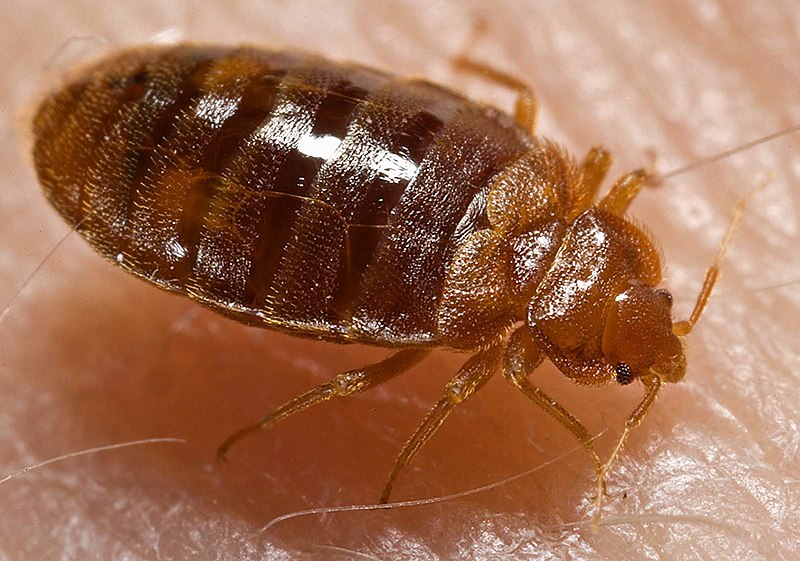ملف:Bed bug, Cimex lectularius.jpg

حجم البروفه دى: 800 × 561 بكسل. الأبعاد التانيه: 320 × 224 بكسل | 640 × 449 بكسل | 1,024 × 718 بكسل | 1,280 × 898 بكسل | 1,600 × 1,122 بكسل.
الصوره الاصليه (1,600 × 1,122 بكسل حجم الفايل: 161 كيلوبايت، نوع MIME: image/jpeg)
تاريخ الفايل
اضغط على الساعه/التاريخ علشان تشوف الفايل زى ما كان فى الوقت ده.
| الساعه / التاريخ | صورة صغيرة | ابعاد | يوزر | تعليق | |
|---|---|---|---|---|---|
| دلوقتي | 14:11، 17 مايو 2007 |  | 1,600 × 1,122 (161 كيلوبايت) | Patho | == Summary == {{Information |Description=ID#: 9822 Description: This 2006 photograph depicted an oblique-dorsal view of a '''bed bug nymph, Cimex lectularius''', as it was in the process of ingesting a blood meal from the arm of a “voluntary” human h |
استخدام الفايل
استخدام الملف العام
الويكيات التانيه دى بتستخدم الفايل ده:
- الاستخدام ف af.wikipedia.org
- الاستخدام ف an.wikipedia.org
- الاستخدام ف ar.wikipedia.org
- الاستخدام ف ast.wikipedia.org
- الاستخدام ف azb.wikipedia.org
- الاستخدام ف be.wikipedia.org
- الاستخدام ف bg.wikipedia.org
- الاستخدام ف bjn.wikipedia.org
- الاستخدام ف bn.wikipedia.org
- الاستخدام ف bs.wikipedia.org
- الاستخدام ف ca.wikipedia.org
- الاستخدام ف ca.wiktionary.org
- الاستخدام ف ceb.wikipedia.org
- الاستخدام ف cs.wikipedia.org
- الاستخدام ف cv.wikipedia.org
- الاستخدام ف dag.wikipedia.org
- الاستخدام ف de.wikibooks.org
- الاستخدام ف din.wikipedia.org
- الاستخدام ف el.wikipedia.org
- الاستخدام ف eml.wikipedia.org
- الاستخدام ف en.wikipedia.org
- الاستخدام ف en.wikinews.org
- الاستخدام ف en.wiktionary.org
اعرض استخدام عام اكتر للملف ده.

